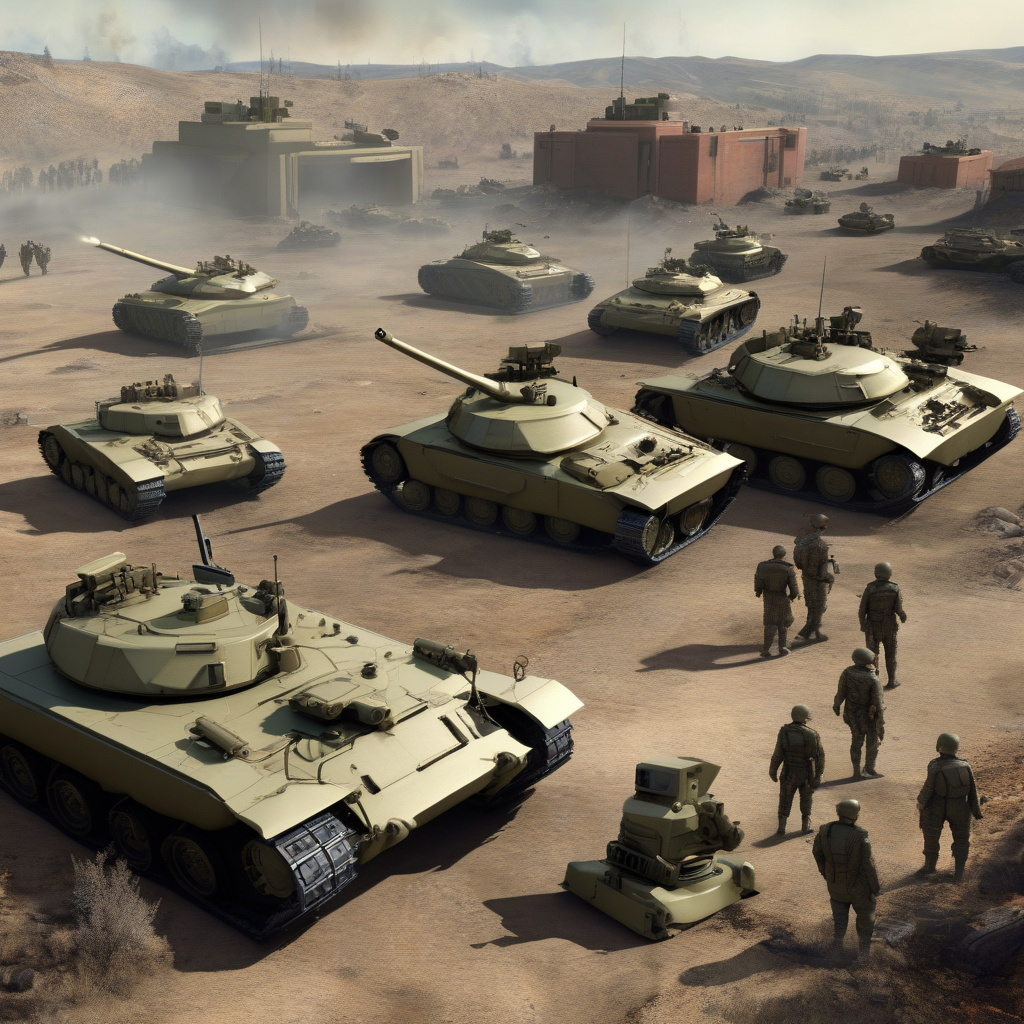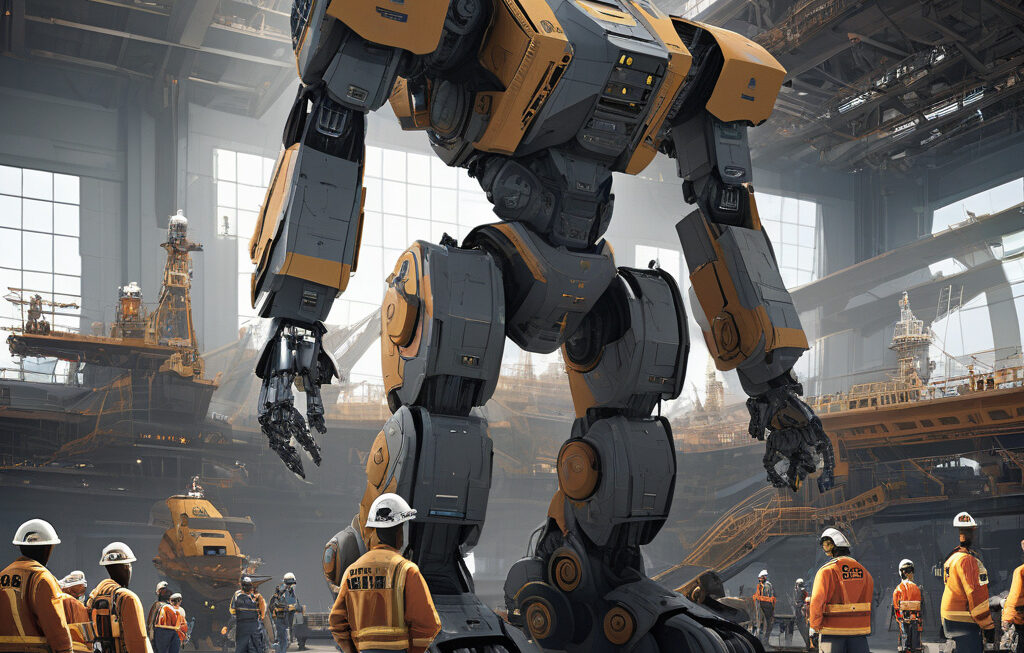Russia Turns Soviet-Era Tanks Into Robot ‘Platoon’ Guided by a Single Command Vehicle
Russia has made a significant advancement in creating autonomous ground combat systems by publicly revealing the transformation of Soviet-era tanks into a robot ‘platoon’ controlled by a single command vehicle. This innovative approach combines the robustness of traditional armored vehicles with cutting-edge technology, paving the way for a new era in military operations.
The concept of converting old tanks into unmanned vehicles showcases Russia’s commitment to modernizing its military forces while also making efficient use of existing resources. By retrofitting these tanks with autonomous capabilities, such as navigation systems, sensors, and communication tools, Russia is able to enhance its combat effectiveness without the need for a complete overhaul of its armored fleet.
One of the key advantages of this new system is the ability to coordinate multiple tanks as a cohesive unit under the command of a single vehicle. This centralized control not only streamlines decision-making processes but also enables real-time adjustments to tactics based on changing battlefield conditions. By leveraging artificial intelligence and advanced algorithms, the robot ‘platoon’ can react swiftly to threats, communicate seamlessly, and execute complex maneuvers with precision.
Moreover, the use of autonomous tanks reduces the risk to human operators by allowing them to remain at a safe distance from the front lines. This not only enhances the safety of military personnel but also provides commanders with greater flexibility in deploying their forces during combat operations. The autonomous nature of these vehicles also opens up new possibilities for conducting reconnaissance, surveillance, and other missions in high-risk environments.
In addition to their combat capabilities, these converted tanks can also be deployed for various non-military applications, such as disaster response, border patrol, and peacekeeping missions. Their versatility and adaptability make them valuable assets in a wide range of scenarios where human intervention may be limited or too risky.
The transformation of Soviet-era tanks into a robot ‘platoon’ represents a significant leap forward in the field of autonomous ground combat systems. By blending legacy equipment with modern technology, Russia has demonstrated its ability to innovate and stay ahead in an increasingly competitive global arms race. As other countries explore similar concepts, it is clear that the future of warfare will be shaped by the integration of AI, robotics, and autonomous systems on the battlefield.
In conclusion, Russia’s initiative to convert old tanks into autonomous robots controlled by a single command vehicle marks a milestone in military innovation. This cost-effective and practical approach not only enhances combat capabilities but also reflects the country’s strategic vision for modernizing its armed forces. As these robot ‘platoons’ become more prevalent in military operations, they are likely to redefine the dynamics of warfare and set new standards for efficiency and effectiveness on the battlefield.
Russia, tanks, autonomous, military, innovation












